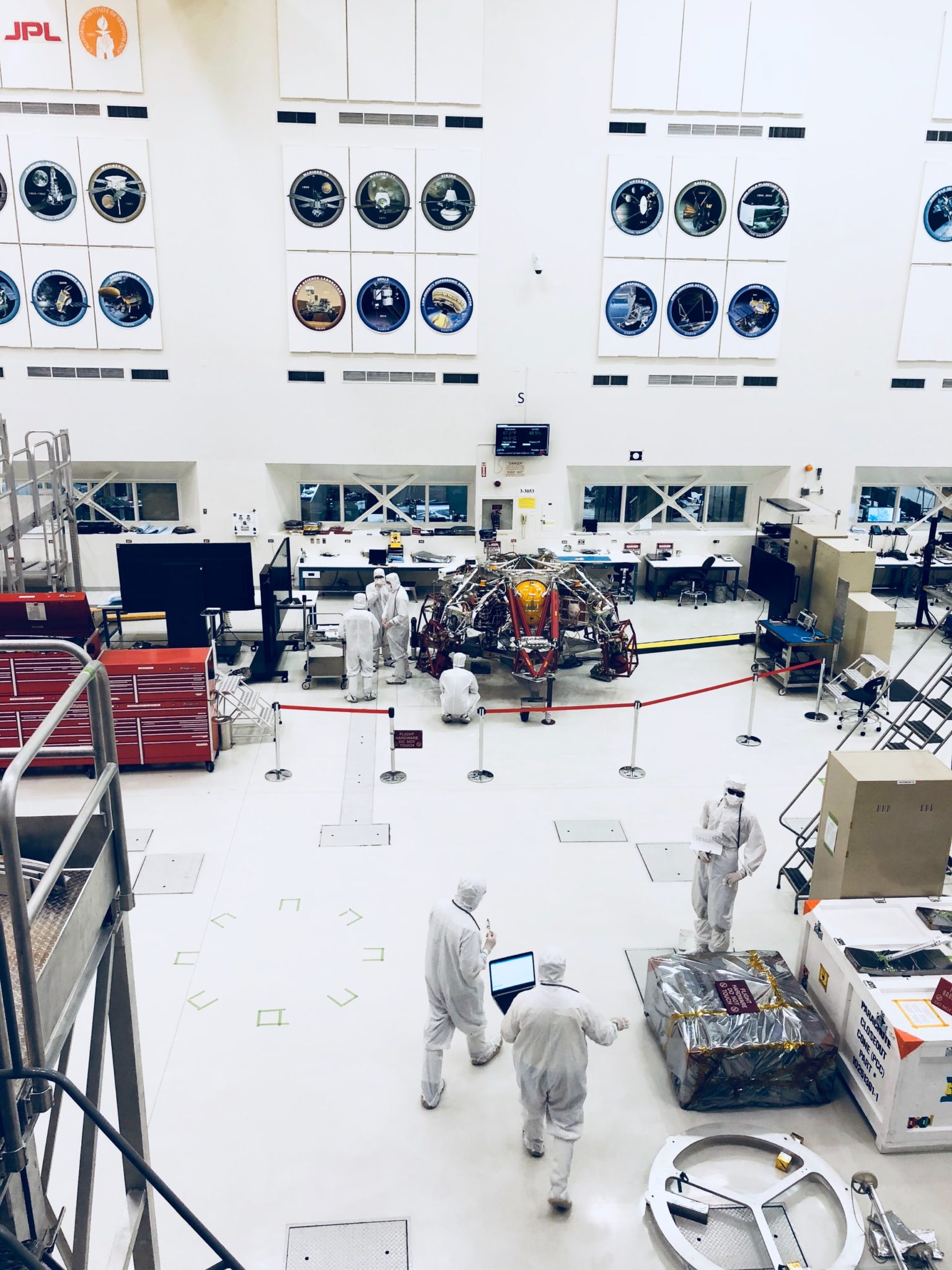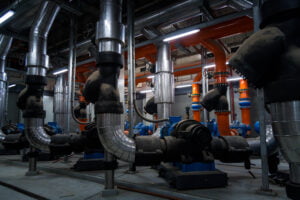In general, the basic layout for a successful manufacturing facility always includes certain key components, such as designating specific departments to oversee the completion of a quality, durable product delivered into the hands of a customer as a solid package. As time has passed, technology has evolved in so many ways, but the aim of those key components have remained the same. Here, we will look at the most important elements needed to make a manufacturing facility successful and efficient.
Location is a key factor.

As with any manufacturing facility, where it is constructed plays a crucial role in its success. The location of a manufacturing facility not only dictates the zoning regulations and other legal codes but also determines the amount of labor available. If a company produces vinyl windows in Houston, for example, the distance to distributors, customers who are looking for replacement windows, and third-party showcase warehouses can dictate overall location choice.
Consider for a moment the distance between a facility’s location and its distributors, suppliers, and eventual customers. What transportation is available both for the shipping of those vinyl windows and the commute for the facility’s employees? Energy efficiency can also be decided by the plant’s location, as well as its proximity to residential areas. Homeowners can be a large part of the zoning approval as the facility’s construction moves forward. Within this example, Houston homeowners would have a huge say in the zoning approval of such a large-scale facility in their community, and a company’s owner must be prepared to state their case.
Layout and Final Construction
Designers need to know the product and demographics before plans can be drawn. The equipment needed is one of the largest factors in the building’s final layout, whether manual, automated, or semi-automatic, and every element of the packaging and shipping costs (from a shrink wrap system and shrink film or shrink-wrap itself, to conveyors and handling operation machines) should be taken into account.
After these stipulations are made to the design team, factors such as safety equipment and office space, a customer service department, and ample storage areas are factored into the plans. A reputable installer for each piece must be retained. Finally, a process map should be drawn up prior to the ground-breaking for construction.
Experienced contractors should handle the most important aspects of the manufacturing facility’s needs. For example, the location of the plant and the number of skilled pros available to meet the requirements of the manufacturing. Depending upon the township or city hosting the construction, new roads may be needed, meaning zoning permits with local officials and highway departments. For example, the aforementioned Houston vinyl window facility would need to meet the same zoning codes and standards of similar plants within the community. If another facility in the window industry is located nearby, whether for storm windows, aluminum windows, or new construction windows, the regulations followed could provide a template for the incoming plant’s necessities.
The Facility’s Interior

The manufacturing plant will not only require enough space to house all the machinery for production, but it will also need the proper equipment for the building, quality control, packaging, and shipping. The plant should have no shortage of conveyors, as well as a heat source for the entire building. No matter what the final product is within the facility, industrial material handling equipment is an absolute necessity as a major addition. Almost all manufactured products are packed at the end of the production line, just prior to shipping, and this part of the process necessitates the proper equipment for handling and packaging.
The final element for the plant is the single piece of equipment that ensures the production process will continue, even in the face of blackouts, grid issues, or natural disasters that could halt any assembly line: an electric generator. This will keep the business up and running in the event of lost power. In an emergency situation, a failsafe for electrical power is essential in order to make an iron-clad guarantee to distributors (and customers) of the fast turnaround, and larger facilities even house multiple generators for extra power assurance.









